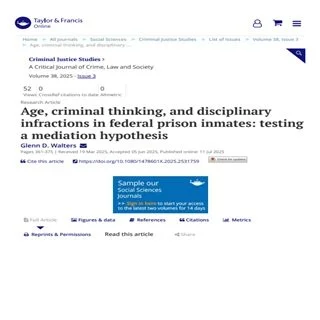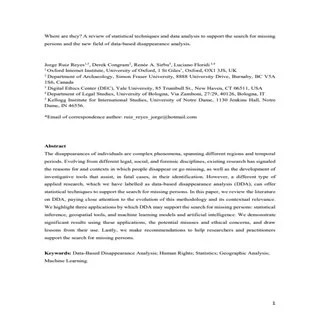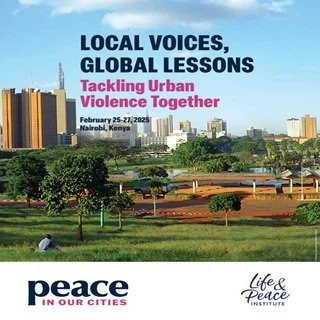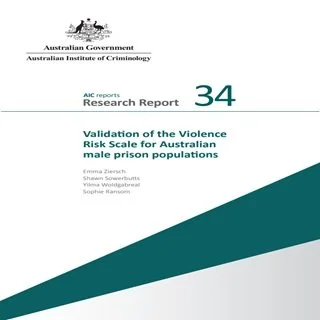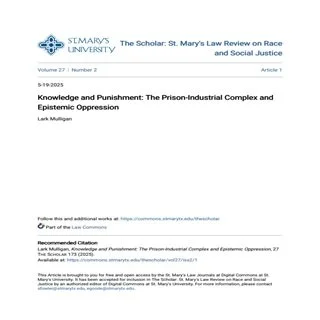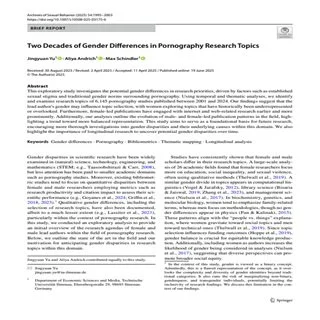By Kelly Richards and Michael Chataway
While much research has been undertaken on the public’s, professionals’ and perpetrators’ views about the causes of sexual offending, far less has been documented about victim/survivors’ understanding of this topic. However, victim/survivors may possess unique knowledge about the perpetration of sexual violence – including its causes – which has previously been overlooked. To address this gap, this exploratory research examined victim/survivor views via a mixed methods investigation (an online survey and semi-structured interviews with victim/survivors). It represents an advance over prior research as it differentiates victim/survivors’ views about the causes of sexual offending against children and adults. The study’s findings will be relevant to a wide range of policymakers and practitioners in the criminal justice arena. As government policies designed to prevent and respond to sexual violence are often implemented on behalf of victim/survivors, it is vital for criminal justice professionals to understand victim/survivors’ policy preferences as well as what informs these. This study makes a modest but important contribution toward this aim.





